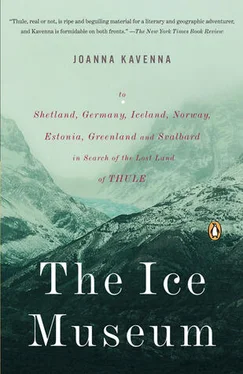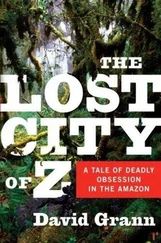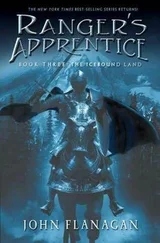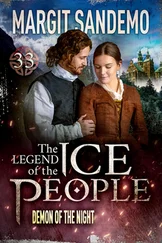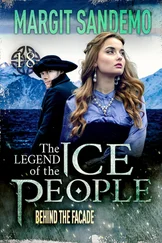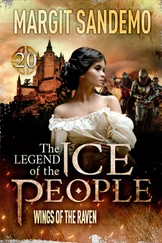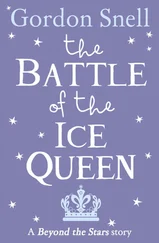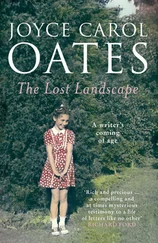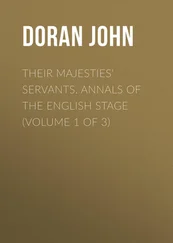Mývatn was where the terrible burning mountain of Krafla lay. In the early years of the nineteenth century, the travellers couldn’t persuade the locals to take them there. Widespread opinion was that Mývatn was so chilling and unearthly that only the word “hell-mouth” could be applied to this part of the trail. Hideous gulphs, the travellers noted, festering stagnant waters, craters like cauldrons, emitting thick black smoke. The last eruption of Krafla, they whispered, was terrible and impetuous; it vomited flames and matter in a state of fusion, which rolled down in torrents and inundated the neighbouring fields. There were stories of rivers of fire, rolling three leagues from the mountain, a league in breadth, propelling globes of fire into the air, brilliant red balls which could be seen from miles away.
The morning was windswept. I walked across moss and lava towards Hverfjall, a black decapitated cone looking like a charred sand dune. The route crossed a dust and shrub track, the ground crackling under my feet. I walked slowly towards the red mountains. The track was deserted, the wind blasted dust into my eyes. I walked towards the Leirhnjúkur crater, where the hot springs were drawn on the map like blue tadpoles, piled up around the volcano of Krafla. It was beautiful, but cold and pale, a place of shadows emerging from the hollows, stretching along the pitted surface of the valley.
I struck off on a track along an empty mountainside, into a lava forest—the lava like gnarled branches, twined together. There was a rock bridge between two valleys. On one side the approach to Krafla, where the geothermal power station was smoking and steaming, its pipes running in intricate silver lines across the valley. On the other side was the lava forest, a memorial to past explosions. It was a two-sided view: the pastel paleness of the Krafla range, with the orange and cream mountains bright under the sun and the black wreckage of the lava rocks.
I dropped down along the side of the lava fields and followed their edges to the south. I walked to a point where the lava came to a halt, and I could see across to an offshoot of dark shapes, blackening the floor of another valley. The pastel mountains rose above, and the steam drifted from the sulphur pools below. As the afternoon drew on, the landscape softened, and I began to leave the lava behind. I walked through dust and grass layered upon gentle slopes. Ahead loomed the block forms of low mountains, crouching on the horizon, and the smooth sides of the Hverfjall crater looked like a smudge against the white sky. I was thinking of the legions of past travellers, who had stood and gazed at the lava field, like a freeze-frame image of an ocean on a stormy night. It was a sci-fi desert, with the rust colours of the mountains and the sharp black forests of lava. Undulating plains, erupting into perfect cones, splayed ridges, crater rings, table mountains standing isolated in space, with nothing but blackened rocks and vibrant flowers at their bases. There were rocks coated with reddish paste, and hissing pools, and the blue and white shapes of the glaciers in the south.
The Victorians stumbled above bottomless crevasses and en-gorging ravines; they looked across the ragged horrors of the blackened lava fields, towards the unknown vastness of the glacial plains. Morris found the region full of brutal mountains, and his horse jolted over the old lava, grass-grown except where the rocks thrust up through the moss. He looked across the great burnt pyramid of Námafjall; he admired the lava and grey-green slopes climbing towards the drab waste of the sulphur fields. He gazed at a curious collection of small cinder hills and lava, grown about with sweet grass. He found the lava near Krafla ‘terrible-looking enough,’ all in dirty flakes at one end, or broken into rough fragments. He wandered through marshy tarns; finding islands of grass in the lava flow, he found huge clinker rocks of lava at the foot of the hills, steep sandheaps burned red and yellow by the sulphur. He passed through hills of sand and stone, a big green plain, a black ridge, mist and drizzle, ‘so that our guide was at fault,’ and then he reached a long lava valley with low walls.
Into the trance came Richard Burton, muttering on the rocks. Standing in the lava forest, Burton struck a different note. Burton was comically furious. He had reached the crater lands of Thule, and insisted that he found them beautiful and arresting, but hardly unheimlich , hardly weird. He had suspected this all along, he had doubted that reality could be in any way as bizarre and disconcerting as everyone had promised, and in Mývatn he was convinced. ‘I imagine,’ he wrote, irritably, ‘that most of the contes bleus about this great and terrible wilderness take their rise in the legendary fancies of the people touching the outlaws who are supposed to haunt it.’ The surface was uneven, but hardly mountainous as other travellers had reported. It was a pile of old lava, far from devilish, with long dust-lines and stripes tonguing out into ashes and cindery sand. Burton thought it was a case of general hyperbole. Too many travellers were returning to Britain, parroting the expected, the wild weird version of Thule; whole travel books were being published using only the words ‘horror’ and ‘amazement.’ These people, Burton was beginning to think, had either never been anywhere else before, or they thought their books would sell better if they crammed them with exaggerations.
They saw scenes of thrilling horror, of majestic grandeur, and of heavenly beauty, where a more critical, perhaps more cultivated, taste would find more humble features, Burton decided. The landscape was the same, but the people had changed. The inhabitants were wiser, less superstitious; they no longer believed that Satan lurked at the bottom of the volcanoes, and for a fair wage, would take a tourist to the summit of almost anything, however sulphurous. The tourists had changed; they knew what to expect. They came with a dozen accounts swirling in their minds, of exploding springs, the land cracking into fire, the volcanoes spewing flames. A civilization in its childhood might be awed by the look of a place, Burton said, but a civilization as world-weary as the Victorians should seek out the useful in any land it came to, and try to harness the power of the nature it found.
He was playing devil’s advocate, commanding the landscape to impress him, and his disdain seemed staged to me, a contrarian’s response. Mývatn was exotic, undeniably so. It was a landscape full of odd shapes and surprises, a landscape of anomaly, its every contour and gradation defying expectations. Nothing fitted, no line of hills seemed to lead to another, and the colours were always shifting. Covered with geothermal power stations and the signs of tourists, the landscape was not entirely wild as I walked back to the campsite, but it was certainly haunting in its variegated rocks and jarring colours. But there was something that interested me in Burton’s fury. It suggested a clash between expectation and reality. Burton expected travel to supply the exotic, the constantly arresting and extraordinary. When he lacked a superlative view, he lashed the landscape for its failure to astonish. When the weather was like domestic weather, wet and windy, Burton was enraged. Into the fantasy of a wild weird land came recalcitrant guides, thieving hosts, and the insistent fall of the rain, the mud splashing their legs.
I knew that despite their best efforts, the Victorians had sometimes felt like this, as they struggled to keep a grip on their horses, finding their serge stuck to their legs, the rain soaking their bags, drenching their lunch, which was anyway a pile of mouldering cheese begged from a farmer in the previous valley. Trying to retreat back to a wild weird land, the Victorians found themselves sometimes cross and tired, tetchy with their guides. Even Morris occasionally rebelled, damning his guide, refusing to camp on a patch of festering bogland, and complaining about the uncomfortable back of his horse. In search of an Arcadia, they found a real country. It surprised and sometimes disappointed them, the moments when it was just a small, struggling land, full of people trying to make a living. They had wanted the lava to enthral them; they were hoping their travels through Thule would supply pure escapism. I understood it, even as I walked through the lava forest. Into the holiday bizarre, the vision of a former world, came daily trivia, logistics, or the mechanics of travel. I found a beautiful land, a land of low shrubs and rioting piles of stone, terrible sheer mountains, coils of soft mist with the sun refracted like a halo. I found thick, engulfing silence, as I stood at Mývatn at the end of the day, looking across the barren plain. I found the relentlessness of the rain, the cold evenings huddled in ascetic hotels, the walls vibrating as lorries ground along the road, a view of discarded oil containers dumped in the yard outside.
Читать дальше
